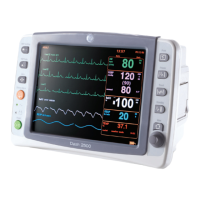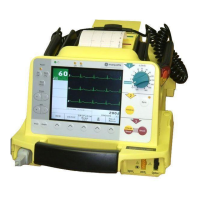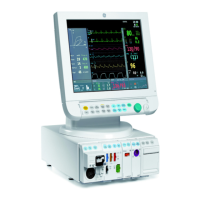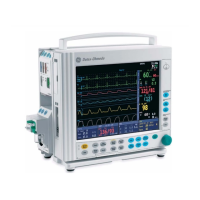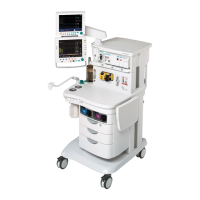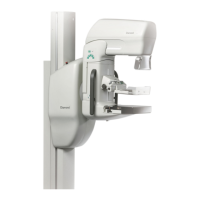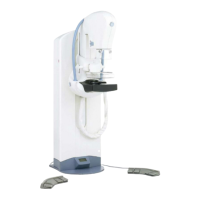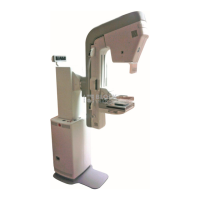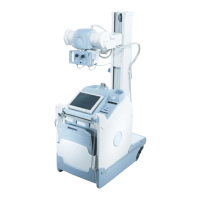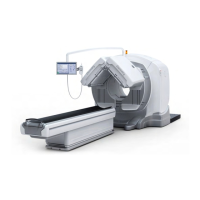TAB
TRIM
COVER &
NON-TAB
TRIM
TAB
TRIM
COVER &
NON-TAB
TRIM
ECG
Problem:
Why is the monitor calling VTach when a patient is not
in VTach?
Answer:
The monitoring system may be detecting a wider QRS or
artifact in some of the analyzed ECG waveforms. In
addition, the V-leads may be exhibiting polarity changes
which may occasionally cause an inaccurate call.
Intervention:
■ Check the ECG signal acquired from the patient:
• Review the VIEW ALL ECG option to assess the
width of the QRS complexes in all analyzed leads
(I, II, III and V).
• If artifact exists in any analyzed leads perform
skin preparation and adjust the electrode
placement. When adjusting placement, utilize
fresh electrodes.
• It may be beneficial to move the V-Lead electrode
(chest lead) to an alternate precordial electrode
placement to improve detection.
■ Relearn:
• It is important to RELEARN anytime the
electrode configuration is adjusted.
• Select the ECG Parameter window.
• Select RELEARN.
• Remember to ensure that there is a clean ECG
signal displayed when relearning a rhythm.
■ If the Problem Continues:
• Select the ECG Parameter Window.
• Select VIEW ALL ECG to determine the best
display lead. Select the lead with the greatest
amplitude. (Remember that a minimum of
0.5 mV of amplitude in one direction, positive or
negative, is required for QRS detection).
• Select DISPLAY LEAD: II.
• Select the desired display lead.
• Select LD ANALYSIS MULTI-LEAD.
• Select SINGLE LEAD.
• All arrhythmia interpretations will now be based
on this single ECG lead.
TROUBLESHOOTING and
FREQUENTLY ASKED QUESTIONS
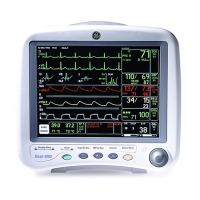
